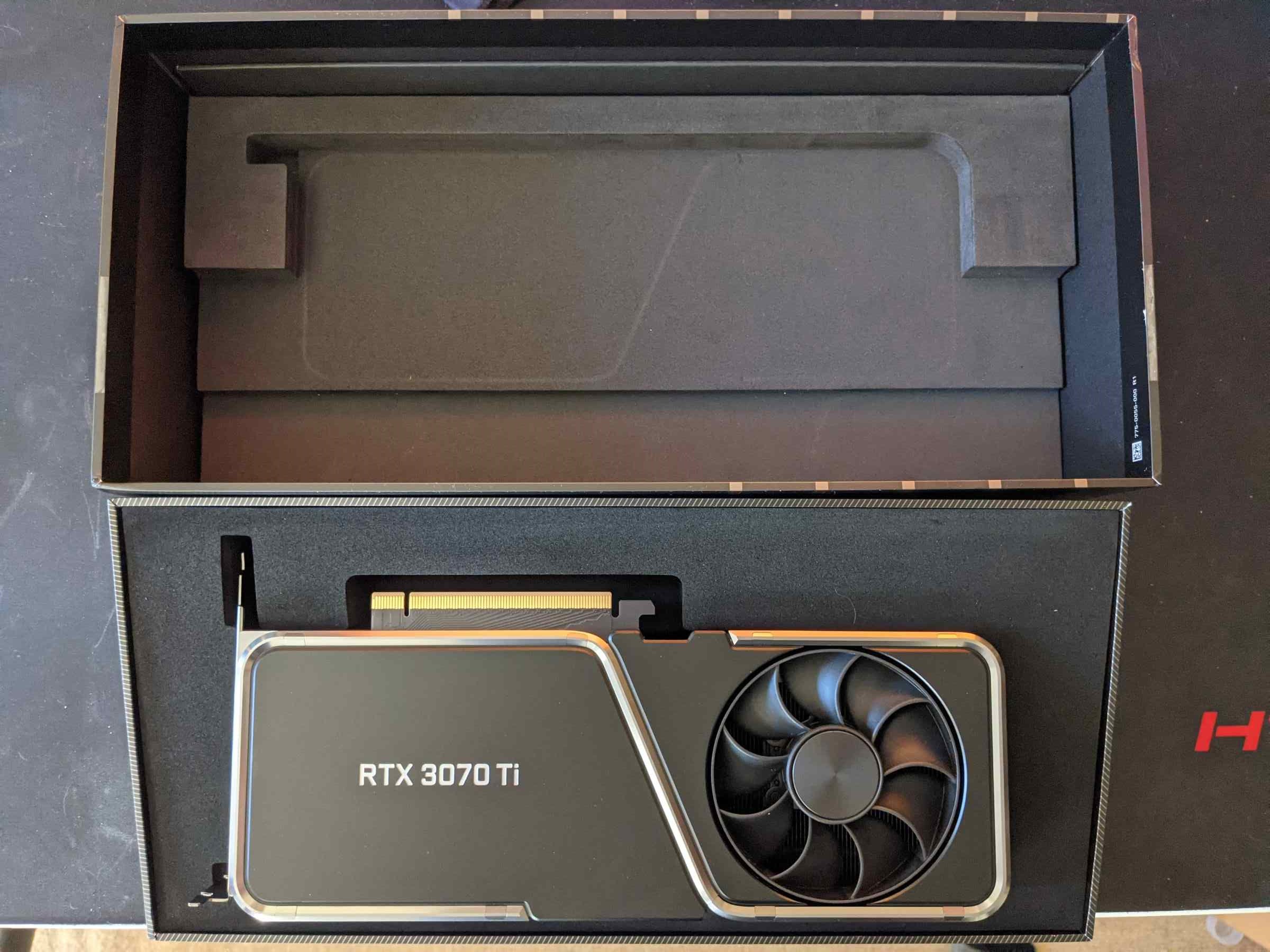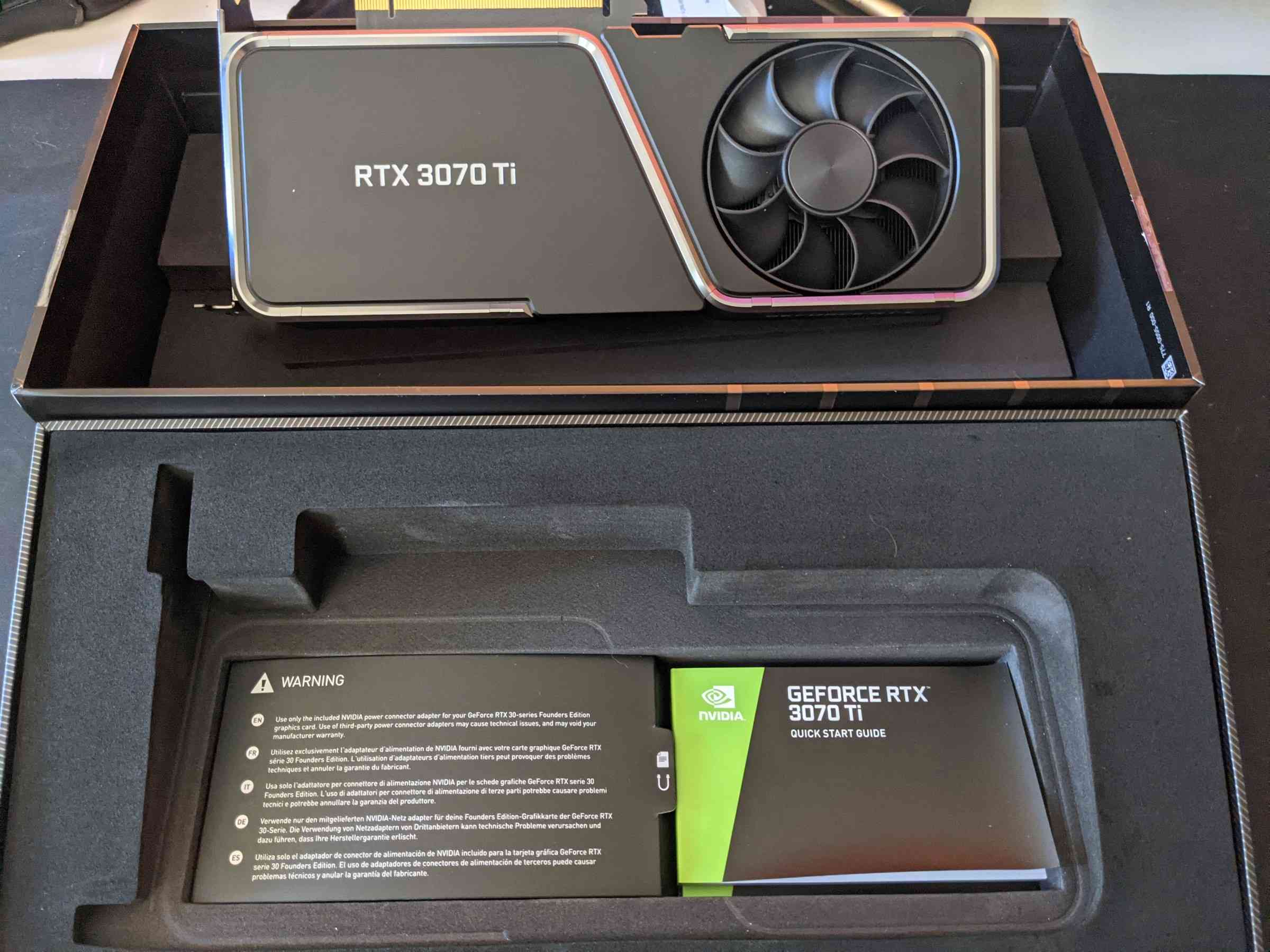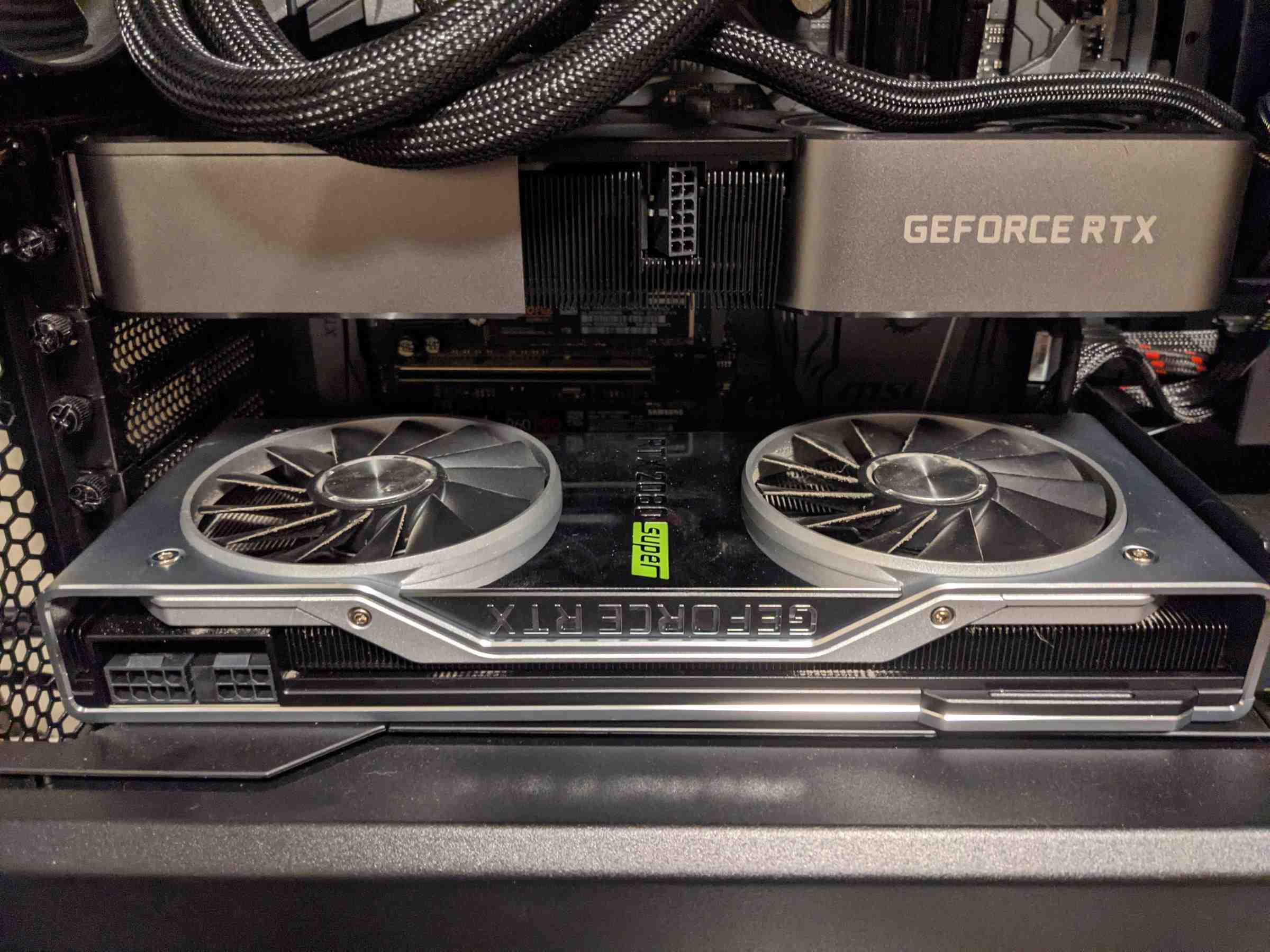Optus Mobile Review ALDI Mobile Review Amaysim Mobile Review Belong Mobile Review Circles.Life Review Vodafone Mobile Review Woolworths Mobile Review Felix Mobile Review Best iPhone Plans Best Family Mobile Plans Best Budget Smartphones Best Prepaid Plans Best SIM-Only Plans Best Plans For Kids And Teens Best Cheap Mobile Plans Telstra vs Optus Mobile Optus NBN Review Belong NBN Review Vodafone NBN Review Superloop NBN Review Aussie BB NBN Review iiNet NBN Review MyRepublic NBN Review TPG NBN Review Best NBN Satellite Plans Best NBN Alternatives Best NBN Providers Best Home Wireless Plans What is a Good NBN Speed? Test NBN Speed How to speed up your internet Optus vs Telstra Broadband ExpressVPN Review CyberGhost VPN Review NordVPN Review PureVPN Review Norton Secure VPN Review IPVanish VPN Review Windscribe VPN Review Hotspot Shield VPN Review Best cheap VPN services Best VPN for streaming Best VPNs for gaming What is a VPN? VPNs for ad-blocking To get GPUs in the hands of gamers instead of crypto miners, Nvidia has limited the hashrate (cyptocurrency mining potential) on the GPU which, according to Tom’s Hardware, is more of a deterrent to Ethereum-based cryptocurrencies than others. Fingers crossed this helps dissuade miners and stops the frustrating trend of artificially bloated 30-series third-party GPU pricing. Pricing, mining and availability gripes aside, it’s tough to fault the 3070 Ti, which offers incredibly speedy performance at 1080p, fantastic frame rates for its intended 1440p demographic, and even some surprisingly solid 4K results. If you can get your hands on a 3070 Ti at a reasonable price and you’re in the market for a GPU upgrade, this is absolutely a worthy GPU companion for a 1440p desktop PC. The catch is that you can’t buy the Nvidia GeForce RTX 3070 Ti Founders Edition in Australia and are, instead, reliant on third-party GPU manufacturers. While the 3070 Ti hasn’t seen the widescale launch unavailability of previous 30-series graphics cards, you can expect pricing that starts at around double the $959RRP. Below is table with a handful of in-stock examples at the time of writing this review. If you’ve installed a GPU before, there aren’t any real quirks here. If you haven’t, it’s as simple as removing two PCI-express (PCIe) slot covers on the back of a desktop PC case, then sliding the 3070 Ti into the corresponding PCIe slot. From here, align and add the two screws from the slot covers, then connect the GPU power cables. Simple. I was switching out an Nvidia GeForce RTX 2080 Super Founders Edition, so the only minor hiccup was that the fans have shifted from beneath the GPU to on top with the 3070 Ti. For my existing cable configuration, this meant running a motherboard power cable over the top of the fan, which didn’t quite have the length to wrap under (though some rejigging could get it out of the way of the fan). Initially, I was concerned the cable might snag on the fan or cause cooling problems, but this didn’t prove to be the case after a week of extensive testing. Overall idle GPU temperatures during everyday computing sit below 35 degrees Celsius and the 3070 Ti never made it past 71 degrees Celsius during gameplay and benchmark tests, which is comfortably short of the 93-degree maximum temperature. It’s worth noting that my test PC is inside a Be Quiet Dark Baser 900 revision 2 case with the fans set to max (instead of the quiet setting) to improve overall cooling and compensate for my overclocked CPU. In terms of power usage, Nvidia FrameView (software used for GPU testing) also showed a maximum wattage draw of 264W, which is also short of the recommended 290W power draw. While other reviews have noted that the 3070 Ti runs slightly hot, the temperatures in my tests were comparable to my 2080 Super. My test PC comprises of the following parts alongside the 3070 Ti:
Motherboard: MSI Z370 Godlike CPU: Intel i7-8700K (overclocked to 4.6GHz) Memory: 32GB Corsair Vengeance DDR4-3200
Here’s how the 3070 Ti fared with a mix of recent and demanding games. In fairness, you’d expect these kinds of numbers at 1080p given the 3070 Ti is built to impress at quad high definition (QHD) instead of Full HD. And the numbers show that the 3070 Ti delivers the goods on ultra settings with a 1440p resolution, too. Borderlands 3 had the biggest percentage drop between 1080p and 1440p (27%), with most of the other results falling between 13% and 20%. The exception is the minor 6% decrease for Rainbow Six Siege using DirectX 11 and the surprising 2% frame-rate gain when using Vulkan. While not built for 4K gaming, I was still impressed with the very playable results with the 3070 Ti. Rainbow Six Siege was the standout example, showing that those with high-refresh-rate monitors don’t necessarily have to compromise on visual fidelity to maintain high frame rates. Forza Horizon 4 also pulled in an impressive average 129fps. Meanwhile, the visually taxing Borderlands 3 had the biggest hit to frames at 47fps, but Red Dead Redemption 2 still impressed at 55fps, while Horizon Zero Dawn managed a 65fps average, which is very playable for this sprawling and gorgeous single-player open-world game. The table below gives you an indication of games that use ray tracing at its highest setting and DLSS set to quality. At 1440p, the frame-rate gains were more noticeable with the exception of a meagre 8% boost for the Lab X test in Wolfenstein: Youngblood. The 28% improvement on the Riverside test for Wolfenstein: Youngblood was the second most impressive boost behind the 36% gains for Watch Dogs: Legion, which turned a janky 39fps into a playable 61fps. When it comes to 4K, this is where the 3070 Ti starts to show it’s not intended for the 2160p resolution, with Shadow of the Tomb Raider, Dirt 5 and, most notably, Watch Dogs: Legion, which maxed out at 53fps, 57fps and an unplayable 16fps, respectively (with DLSS on for Tomb Raider and Watch Dogs). Still, Wolfenstein: Youngblood proved playable with DLSS off in both tests (61fps and 64fps) and even better with DLSS activated (89fps and 94fps). Comparing my Nvidia GeForce RTX 3070 Ti 1080p, 1440p and 2160p benchmark scores with those from AusGamers—another local outlet that has newer innards (with an AMD CPU) than my test rig—the results ping-pong between games in terms of which PC gets the best frame rates. The newer rig with the Ryzen CPU has slightly better 4K performance for Assassin’s Creed Valhalla (53 vs 52fps) and Gears Tactics (61.3 vs 56.4fps), with better results across the board for Borderlands 3 (123.5, 92.8 and 53.7 fps vs 115.2, 84.57 and 45fps) and Horizon Zero Dawn (115, 107 and 68fps vs 111, 95 and 65fps). That said, Assassin’s Creed Valhalla and Gears Tactics scored slightly higher 1080p (90 vs 86fps) and 1440p (110.7 vs 110.2fps) frame rates on my older Intel PC, with Forza Horizon 4 (206.5, 173.1 and 128.7fps vs 164, 156 and 127fps) and Red Dead Redemption 2 (105.92, 86.17 and 55.14fps vs 97.4, 80.1 and 53.5fps) boasting better frame-rate scores across the board. Even compared to PC Mag’s newer Intel CPU, my test PC still garnered slightly better frames in Red Dead Redemption 2 (105.92, 86.17 and 55.14fps vs 103, 83 and 55fps). It’s worth noting that, in an attempt to get better frames in poorly optimised games like Hell Let Loose, I followed a Windows 10 tweaking guide that led to noticeably better performance for pretty much all of the games I tested it with. Assassin’s Creed Valhalla had a 20% 1440p improvement for the 3070 Ti compared to the 2080 Super and it was the same percentage improvement for the Wolfenstein: Youngblood Riverside test with DLSS off. The beefier percentage gains come from 4K results, most notably from Borderlands 3’s 26% advantage and Assassin’s Creed Valhalla’s 27% edge. Even though Horizon Zero Dawn had a lower percentage advantage at 23%, it took the game from 50fps at 4K to 65fps. The majority of my gameplay testing time was spent in the newly released Chivalry 2, which was averaging around 107fps at 1440p with maxed-out settings. Initially, I was concerned that the 3070 Ti was responsible for massive frame stutters during mouse movements, but I was able to isolate that to the Razer Viper 8KHz. Given the latency-sensitive nature of Chivalry 2’s gameplay, having a reliably high frame rate helps with the timing windows for blocks, counters and ripostes. The rest of my hands-on tests were with Call of Duty: Warzone and Hell Let Loose. Unfortunately, Hell Let Loose isn’t currently well optimised in its early access state, but the 3070 Ti kept it north of 60fps the vast majority of times. Call of Duty: Warzone generally has better optimisation, but it also has aw history of having performance woes with my 2080 Super. Like Chivalry 2, a high frame rate is essential for providing a competitive edge in Warzone, and being able to rely on a 130fps-ish average at 1440p (with 100% render scale, instead of my usual 90%) makes enemies easier to spot and it means I feel infinitely more confident in head-to-head 50/50 gunfights. That said, the 3070 Ti is a no-brainer buy if you have a 10-series GPU (or AMD equivalent) or lower, as it represents a good mix of price and performance. The 3070 Ti represents a noticeable performance edge to the 2070 Super or below, but if you can hold out for supply to meet demand and prices to trend towards Nvidia’s RRP, you should absolutely do so.


